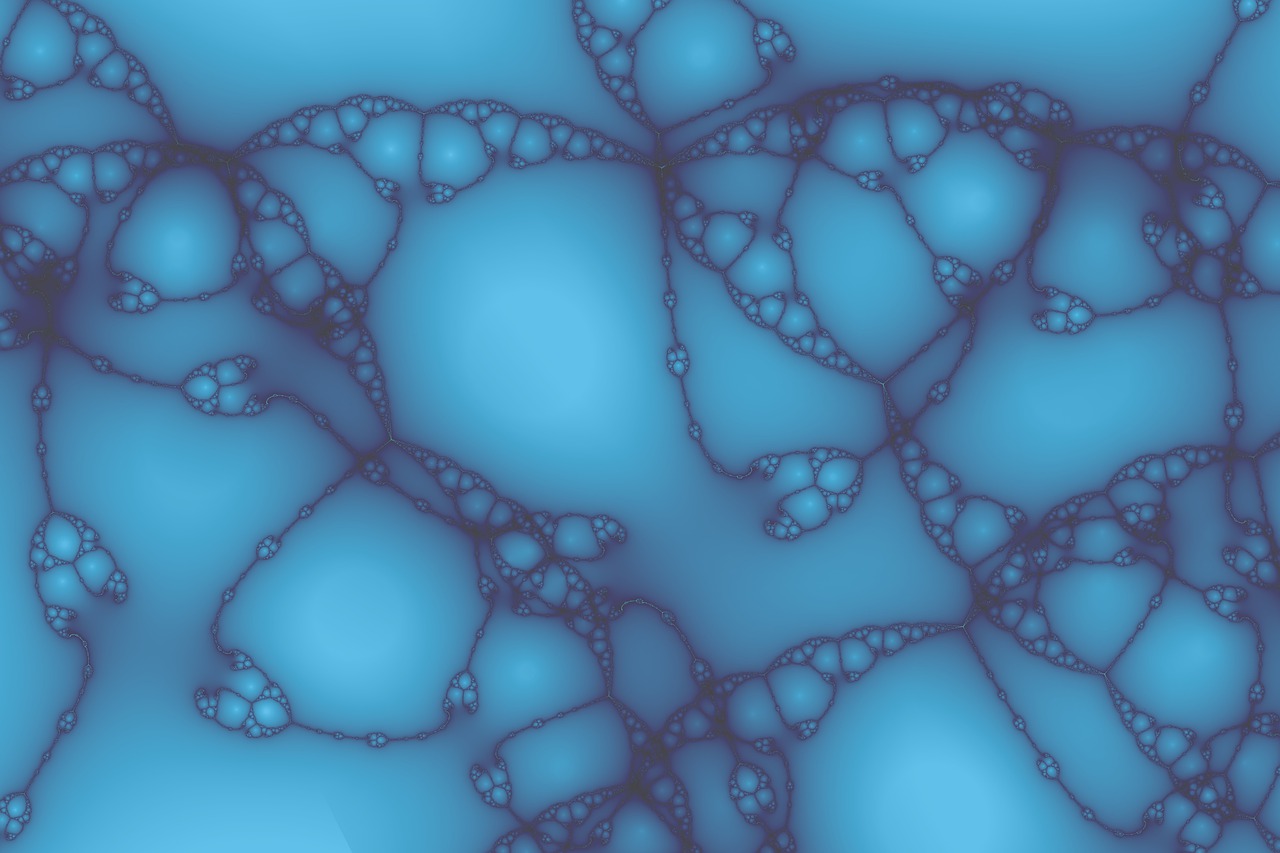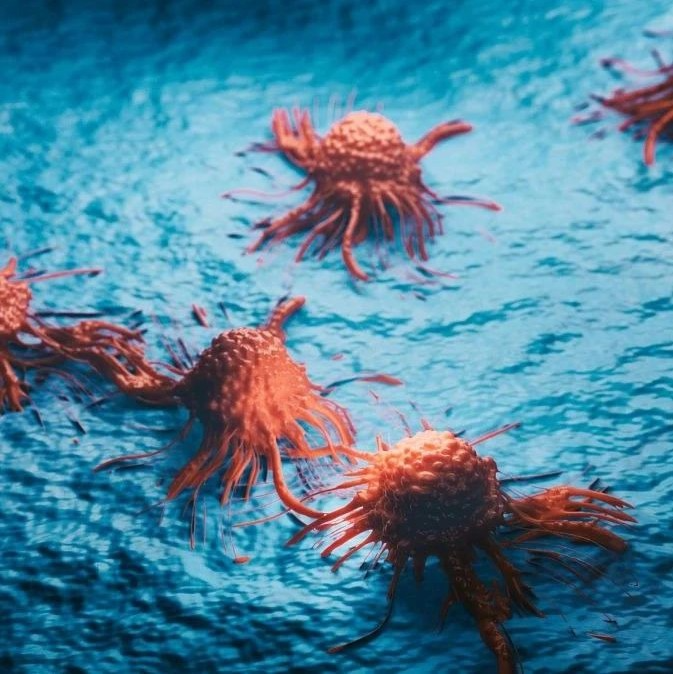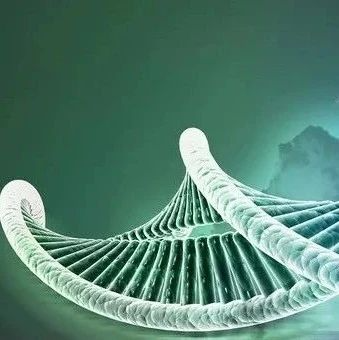抗癌化合物Taxol (paclitaxel)和很多其他天然C20二萜的生物合成中的第一步,是一种“类异戊二烯”的环化,该反应由紫杉二烯合成酶催化。现在,来自太平洋紫杉的这种酶的X-射线晶体结构已被确定。其C-端催化区域以在I-类萜环化酶中所看到的方式结合并激发基质,但N-端区域和第三个“插入”区域采取了一种II-类萜环化酶的折叠方式。这表明,这种酶可能是所有萜环化酶的先祖。
原文出处:
Nature doi:10.1038/nature09628
Taxadiene synthase structure and evolution of modular architecture in terpene biosynthesis
Mustafa K?ksal,Yinghua Jin,Robert M. Coates,Rodney Croteau" David W. Christianson
With more than 55,000 members identified so far in all forms of life, the family of terpene or terpenoid natural products represents the epitome of molecular biodiversity. A well-known and important member of this family is the polycyclic diterpenoid Taxol (paclitaxel), which promotes tubulin polymerization1 and shows remarkable efficacy in cancer chemotherapy2. The first committed step of Taxol biosynthesis in the Pacific yew (Taxus brevifolia)3 is the cyclization of the linear isoprenoid substrate geranylgeranyl diphosphate (GGPP) to form taxa-4(5),11(12)diene4, which is catalysed by taxadiene synthase5. The full-length form of this diterpene cyclase contains 862 residues, but a roughly 80-residue amino-terminal transit sequence is cleaved on maturation in plastids6. We now report the X-ray crystal structure of a truncation variant lacking the transit sequence and an additional 27 residues at the N terminus, hereafter designated TXS. Specifically, we have determined structures of TXS complexed with 13-aza-13,14-dihydrocopalyl diphosphate (1.82?? resolution) and 2-fluorogeranylgeranyl diphosphate (2.25?? resolution). The TXS structure reveals a modular assembly of three α-helical domains. The carboxy-terminal catalytic domain is a class?I terpenoid cyclase, which binds and activates substrate GGPP with a three-metal ion cluster. The N-terminal domain and a third ‘insertion’ domain together adopt the fold of a vestigial class?II terpenoid cyclase. A class?II cyclase activates the isoprenoid substrate by protonation instead of ionization, and the TXS structure reveals a definitive connection between the two distinct cyclase classes in the evolution of terpenoid biosynthesis.







